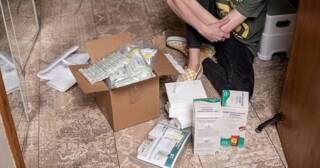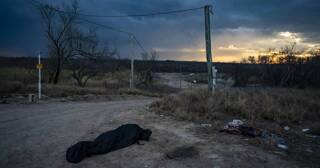America’s Addiction to Fossil Fuels Is Officially Causing Earthquakes
Actually it turns out that the oil industry has known that fracking causes earthquakes as far back as 1980. Since this was a problem, they simply pretended it wasn’t. In other words, business as usual.
Thanks to a revolutionary new energy-extraction technique called hydraulic fracturing, or “fracking,” America is suddenly feeling a lot like the Beverly Hillbillies. Over the past five years, Al-Jazeera reports, oil production across the country has increased by 3.7 million barrels daily, while the U.S. has also become the world’s largest producer of natural gas.
But a growing body of evidence suggests that the operations involved with fracking may be responsible for the increasing number of earthquakes being recorded around the country. In Oklahoma, researchers recorded an unprecedented 585 magnitude-3 earthquakes in 2014 alone, with other spikes noted in states in the Midwest and Southwest involved in energy extraction.
You’ve got to give them credit, though, for the sheer audacity and brazenness with which they pulled it off. The question now becomes, now that we know, what are we going to do about it?











